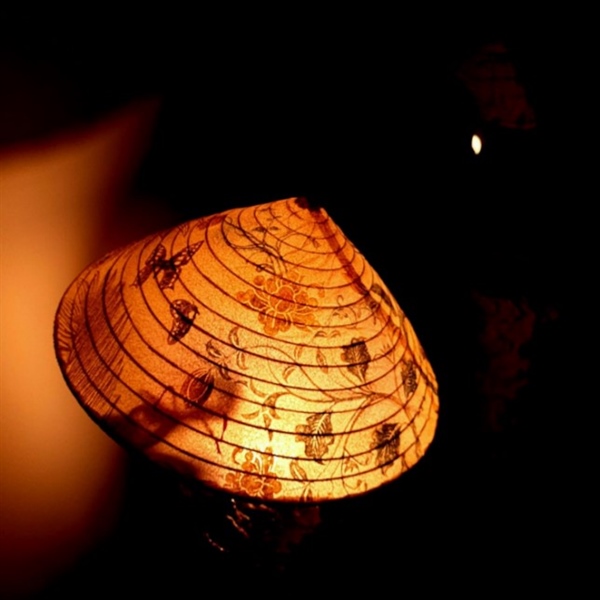1. Origin and History
The conical hat (nón lá) has existed for a very long time and is believed to have appeared during the Văn Lang – Âu Lạc era, more than 3,000 years ago.
Evidence of the hat’s existence can be found in the images carved on Đông Sơn bronze drums.
Over time, the conical hat has maintained its traditional shape but has also been improved in terms of materials and crafting techniques to better suit the lives of Vietnamese people
2. Structure of the Conical Hat
Main materials: usually made from palm leaves, coconut leaves, or buông leaves that have been dried and flattened.
Hat frame: made from thin bamboo or rattan strips, bent into circular rings of various sizes, then stacked to form a conical shape.
Thread: often nylon or silk thread used to stitch the leaves to the frame.
Some types of conical hats are lined with colored paper or embroidered with patterns, such as the “poem hat” (nón bài thơ) from Huế.
3. Popular Types of Conical Hats
Nón ba tầm: large and flat, commonly used in chèo (Vietnamese traditional opera) or festivals.
Poem hat (nón bài thơ): a specialty of Huế; when held against the light, a poem or hidden image appears inside.
Famous hat-making villages: Gò Găng (Bình Định), Phú Cam (Huế), and Chuông Village (Hà Nội) are well-known for producing high-quality conical hats.
4. Cultural Significance
The conical hat is closely associated with the image of Vietnamese women – gentle, graceful, and hardworking.
It serves not only as protection from sun and rain but also as a traditional fashion item, especially when worn with the áo dài (Vietnamese long dress).
It is also a unique souvenir for international tourists.
5. The Conical Hat in Modern Life
Today, although it is not as commonly used as in the past (due to umbrellas and helmets), the conical hat still holds strong symbolic value in Vietnamese culture.
It often appears in festivals, traditional fashion shows, beauty pageants, or as decorative items in restaurants, cafés, and tourist spots.

